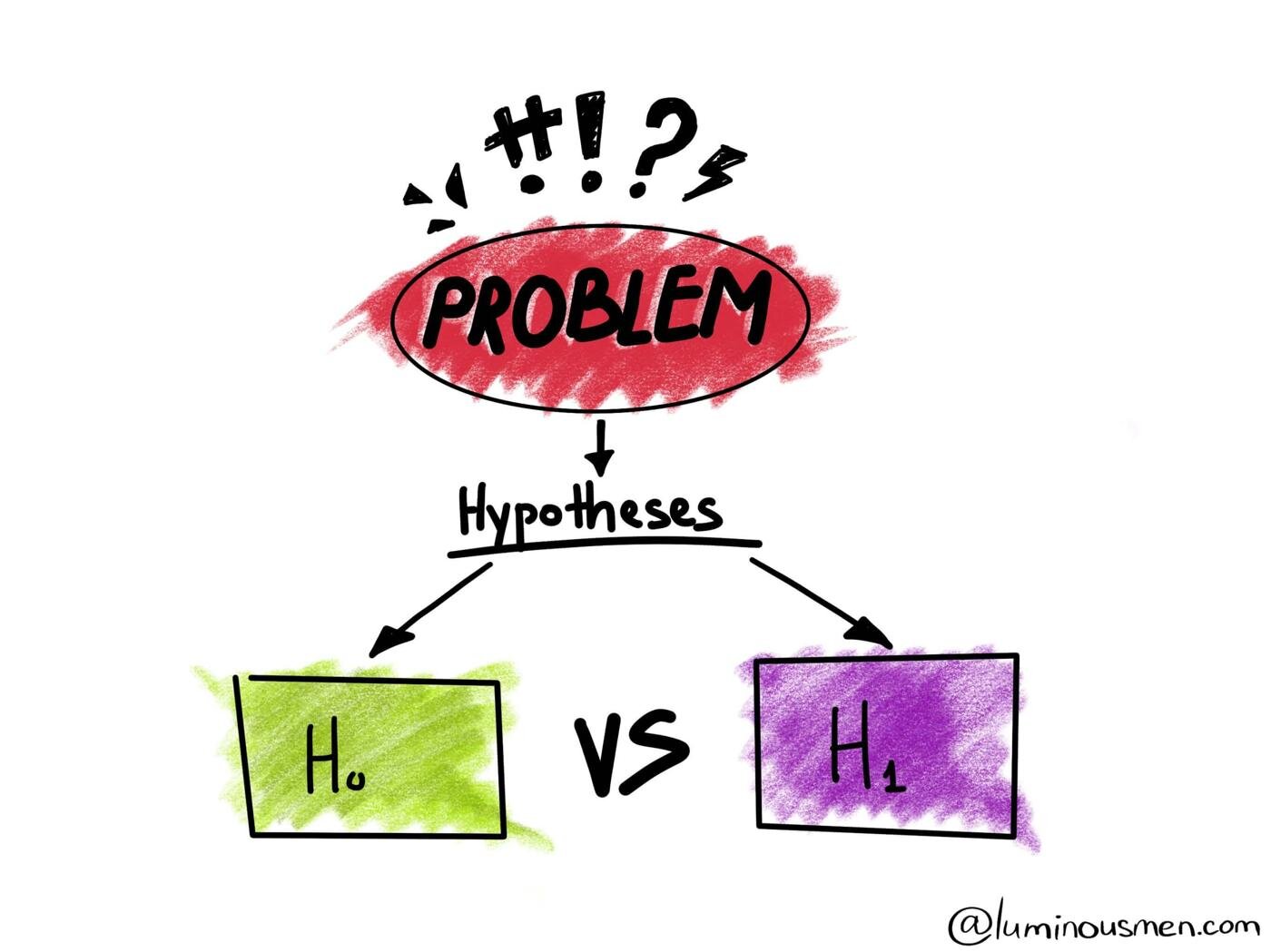
now that you have a set of possibilities
How can you choose between them?
imagine that every item on your list of hypotheses conjured up an image of a “typical” patient with that syndrome. These “typical” images are called “Illness scripts”. They can include historical data, physical findings, imaging and laboratory data. but every illness has a unique set of characteristics which you can exploit to choose the correct entity on your list of differential diagnoses.
Problem Representation: Relatively young man with a history of smoking presents with severe shortness of breath and weight loss. There are no other findings including joint abnormalities, renal disease or fever.
What’s the best fit with our patient. His age is important as is his lack of a fever or joint abnormalities (which we checked for after creating our set of hypotheses). The best fit for this patient would be Alpha 1 Antitrypsin Deficiency. We could measure liver function as well as conduct a more detailed family history and measure A1AT action to confirm.
